
Consider the "three-step test"
In the international legal system, the issue of balancing interests is considered the foundation of all provisions on non-infringement of copyright. The Berne Convention, the TRIPS Agreement and many other legal instruments all establish a basic principle: Authors should have their rights fully protected, in parallel with the community being guaranteed reasonable access to works serving the purposes of education, research and social development.
At national and international copyright conferences and seminars, experts have warned that if the exploitation of works in the educational and research environment is expanded too much without a proper compensation mechanism, the motivation for creativity will decline. However, if protection is too tight, the dissemination of knowledge will be limited, affecting the learning and research opportunities of the community. Therefore, the "reasonable boundary" to create enough space to protect authors without impoverishing the right to learn of society has become the core issue in current copyright policy.
International law has provided a universal reference mechanism called the "three-step test". Accordingly, the limitation of copyright is only applied in special cases with legitimate reasons; does not affect the normal exploitation of the work; does not cause unreasonable damage to the legitimate interests of the author or right owner. This approach helps to create a flexible copyright system that both protects creativity and ensures the spread of knowledge.

In Vietnam, as the country is promoting digital transformation in education and scientific research, this issue has become increasingly urgent. In recent years, universities, research institutes and state management agencies have realized that if the "reasonable boundary" between protection and sharing is not clearly defined, it will be difficult to develop a truly open science.
Quoting and copying works for non-commercial teaching, learning and research purposes should be encouraged by law, but at the same time there must be a transparent mechanism for control and benefit sharing when works are exploited on a large scale or have commercial elements.
In addition, digital technology is opening up modern copyright management tools such as work identification codes, digital learning materials storage systems, or blockchain applications in tracking work usage. When each document or lecture is clearly identified, management, citation and exploitation will become more transparent, both encouraging creativity and helping knowledge spread to the academic community and society.
Positive movement but still many gaps
Along with the improvement of the legal framework, the awareness of copyright management and exploitation at educational and research institutions in Vietnam has made remarkable progress in recent times. Many universities and research institutes have begun to build digital scientific resource repositories, assign document identifiers, issue regulations on intellectual property management, standardize academic data and sign cooperation agreements to share learning materials. These steps show that the perception of the value of intellectual property is changing significantly, from being considered an "intangible asset" to a resource that can be measured and exploited effectively.
The formation of open learning repositories not only helps students and lecturers access rich sources of knowledge but also improves the internal management efficiency of training institutions. Many lecturers and researchers have proactively registered copyrights for their works, textbooks and lectures. This not only helps protect the legitimate rights of creators, but also contributes to clarifying the ownership relationship between authors and research institutions, creating a legal basis for sharing, transferring or commercializing academic products.
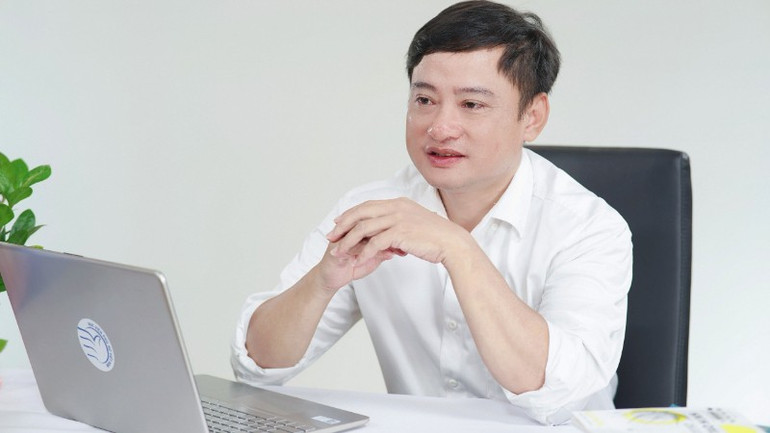
Dr. Tran Nguyen Cuong, Head of the Department of Economic Law, Vietnam Women's Academy, emphasized: "The academic environment is also gradually forming a culture of respecting copyright. Students are encouraged to cite sources correctly, lecturers proactively update their knowledge of intellectual property law, and training institutions are beginning to incorporate copyright into quality control and scientific publishing processes. These movements create an important foundation for the formation of a learning society, in which knowledge is spread responsibly.
However, there are still many challenges to overcome. Specifically, some research and training institutions have not yet proactively evaluated and classified their intellectual property. Many scientific works, textbooks and valuable data are still scattered, not properly valued or exploited, leading to waste of resources. The situation of copying, photocopying textbooks, and illegally sharing learning materials online is still quite common, especially in places without a synchronous digital copyright management system.
In addition, the mechanism for sharing benefits between authors, training institutions and exploitation units still lacks transparency. When authors do not benefit adequately from the use or commercialization of their works, the motivation for creativity will be affected.
On the contrary, if training institutions are not allowed to legally share valuable learning materials, the dissemination of knowledge is also limited. Therefore, a flexible and harmonized mechanism is needed to ensure the harmony of interests between parties in the process of exploiting and using academic intellectual property.
Transparency to promote learning and innovation society
Director of the Copyright Office Tran Hoang commented: "In the field of research and education, to exploit more effectively, it is necessary to raise awareness of the training and research institutions, authors and beneficiaries, and build a favorable mechanism for accessing, exploiting and sharing benefits between training and research institutions - authors - users. Only then will intellectual property truly become an important resource for socio-economic development."
Understanding the nature of copyright and related rights is a prerequisite for forming a copyright culture in the educational and research environment. When each individual understands that using copyrighted material is not only an act of learning but also a respect for the intelligence of others, society will gradually form healthy academic habits.
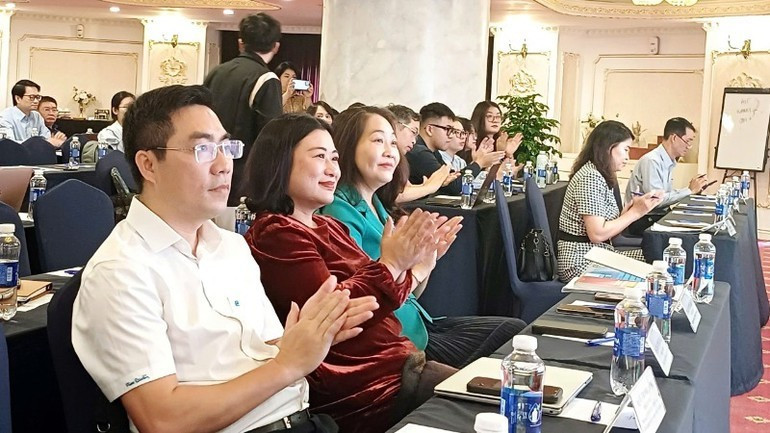
Next, the legal system needs to be improved in a clear, easy-to-apply direction and with incentive mechanisms. Educational institutions need to have internal regulations on intellectual property management, regulations on the rights and obligations of authors, and revenue sharing mechanisms when works are commercially exploited. At the same time, there needs to be a legal corridor so that academic works, research data and textbooks can be priced and participate in the knowledge market in a transparent manner.
Finally, there is the issue of technology. Integrated learning management systems, digital data platforms with DOI, ISBN, ORCID identifiers, etc. can help make retrieval, citation, and usage statistics more accurate and fair. Each research work, lecture, or course needs to be clearly identified, securely stored, and allowed for controlled sharing.
When copyright is scientifically managed, the spread of knowledge will no longer be a threat of infringement but a driving force for development. Training institutions, authors, businesses and communities can all benefit from the same transparent system, helping the value of knowledge to be honored, shared and reinvested in new creations.
Part of the copyright culture is the culture of respect for intelligence, which is considered the foundation of all social progress. In particularly important areas such as research and education, copyright helps protect the rights of creators, while maintaining academic integrity, promoting intellectual innovation and ensuring sustainable development for national education. Only when intelligence is respected and knowledge is protected can society truly nurture creative generations, contributing to enriching the country's culture.
Source: https://nhandan.vn/can-xac-dinh-ro-ranh-gioi-hop-ly-ve-ban-quyen-o-linh-vuc-nghien-cuu-giao-duc-post920744.html


![[Photo] Closing of the 14th Conference of the 13th Party Central Committee](https://vphoto.vietnam.vn/thumb/1200x675/vietnam/resource/IMAGE/2025/11/06/1762404919012_a1-bnd-5975-5183-jpg.webp)
![[Photo] Prime Minister Pham Minh Chinh receives the delegation of the Semiconductor Manufacturing International (SEMI)](https://vphoto.vietnam.vn/thumb/1200x675/vietnam/resource/IMAGE/2025/11/06/1762434628831_dsc-0219-jpg.webp)









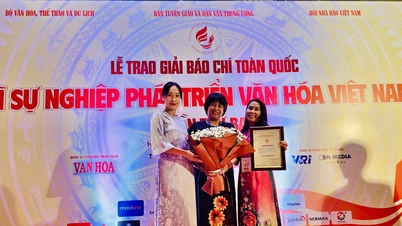

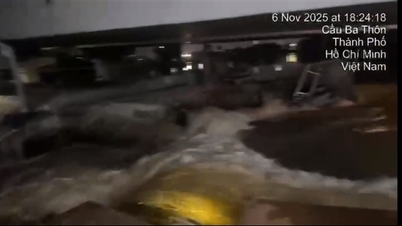

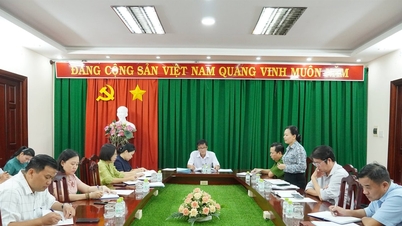





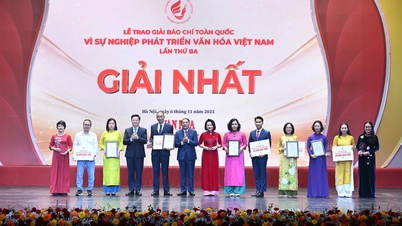
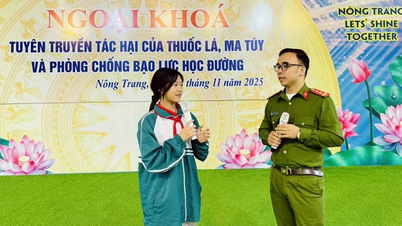
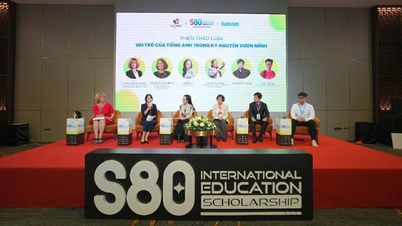
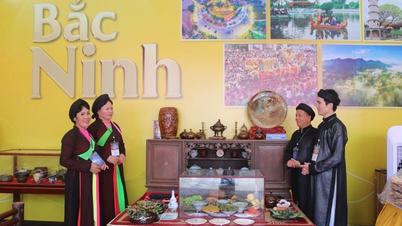






































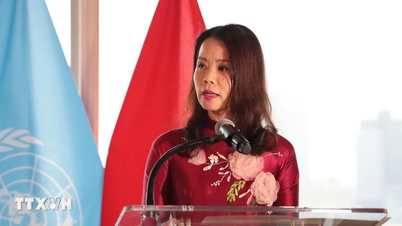















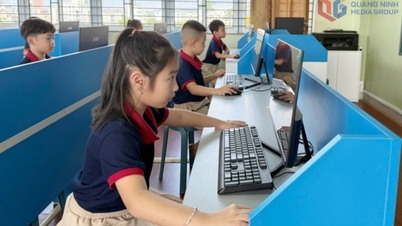

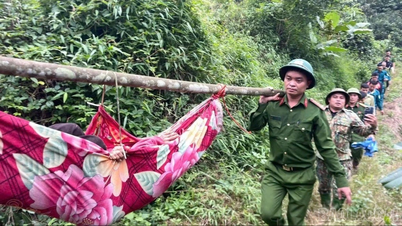

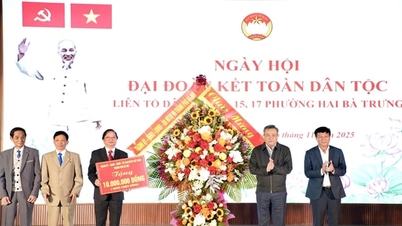


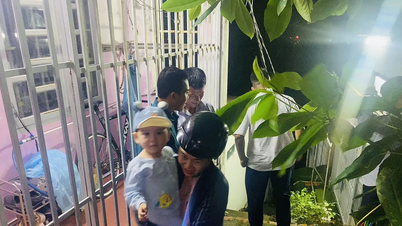












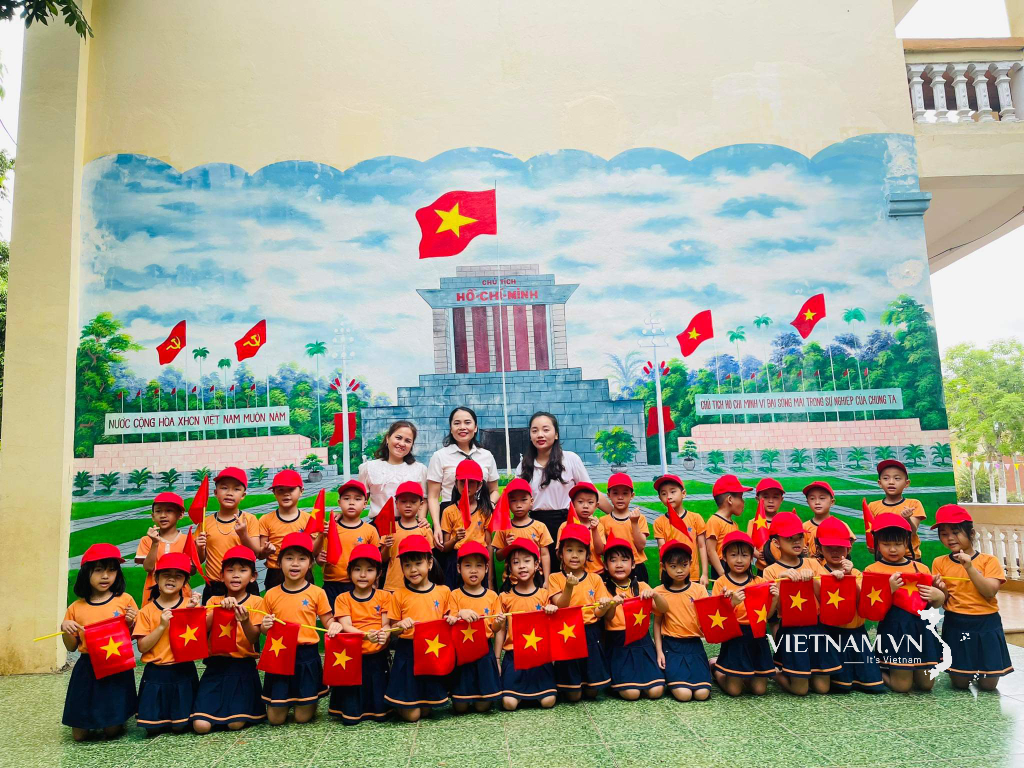

Comment (0)